When we think of big cats, we often envision them as powerful predators prowling the plains or lurking in dense jungles. However, many of these majestic felines are also adept climbers, capable of ascending trees with the grace and agility reminiscent of their smaller feline relatives. From leopards in the African savanna to clouded leopards navigating the rainforests of Southeast Asia, each of these species possesses unique adaptations that make them exceptional climbers. Let’s dive into the fascinating world of big cats and discover the species that are masters in the art of climbing.
African Leopard

The African leopard is a true paradox on the safari landscape. While often seen as a stealthy ground predator, this cat is an exquisite tree climber. Leopards take advantage of their muscular build and retractable claws, allowing them to drag prey into trees to evade scavengers. Their remarkable ability to balance on thin branches helps them keep watch or relax under the canopy, making them top-tier climbers among big cats.
Snow Leopard
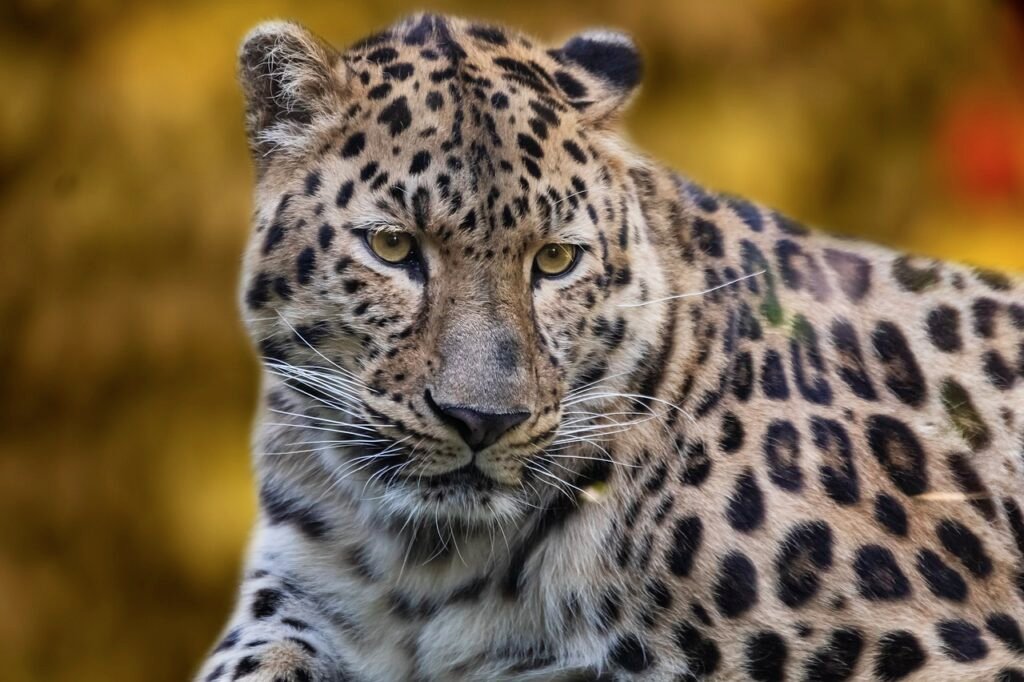
Known as the “ghost of the mountains,” the snow leopard is an arboreal marvel in the high-altitude environments of Central Asia. Their habitats, ranging from rocky outcrops to mountainous cliffs, require these cats to climb with precision. Their powerful hind legs enable them to leap great distances, while their thick, furry tails provide balance on precarious ledges. These adaptability traits help snow leopards hunt prey and navigate the treacherous terrains they call home.
Cougar
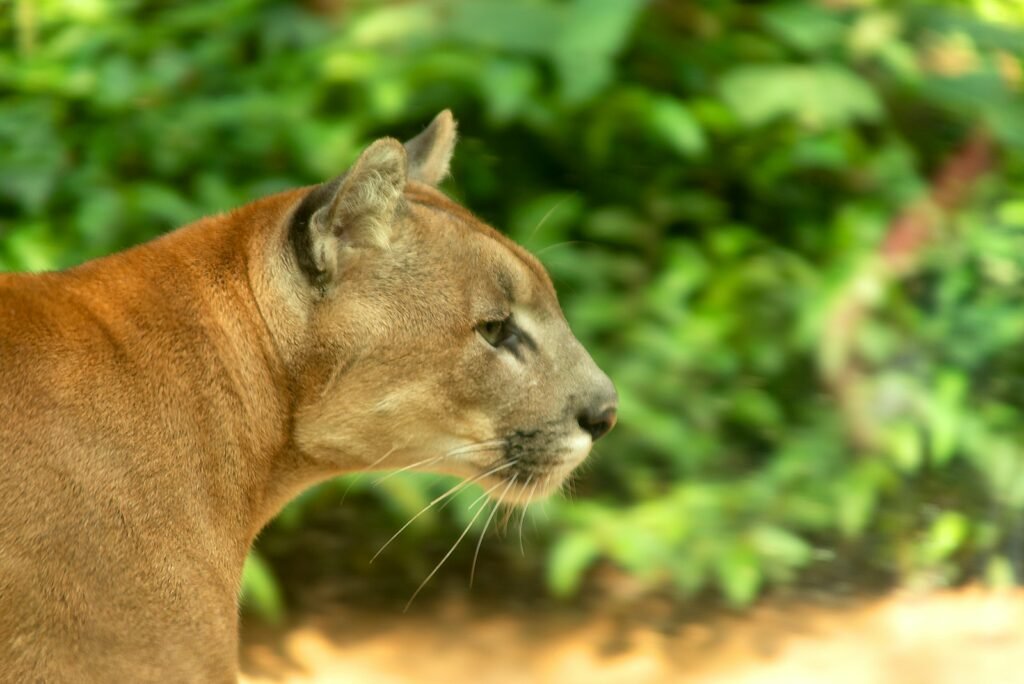
Found across the Americas, cougars, also known as pumas or mountain lions, demonstrate impressive vertical prowess. Their strong limbs and tactile paws enable them to scale trees with ease, particularly when they need to find safety or scout for prey. In the wild, a cougar may climb to escape predators, seek refuge, or gain a vantage point—showcasing their adaptive climbing skills.
CLOUDED LEOPARD

Renowned as one of the best tree dwellers among the big cats, the clouded leopard inhabits the dense forests of Southeast Asia. It possesses uniquely long canine teeth and a flexible ankle structure that allows it to hang off branches with ease. This feline can even descend trees headfirst, an ability that few other cats possess. Its arboreal lifestyle is crucial for hunting and evading ground-based threats.
Jaguar
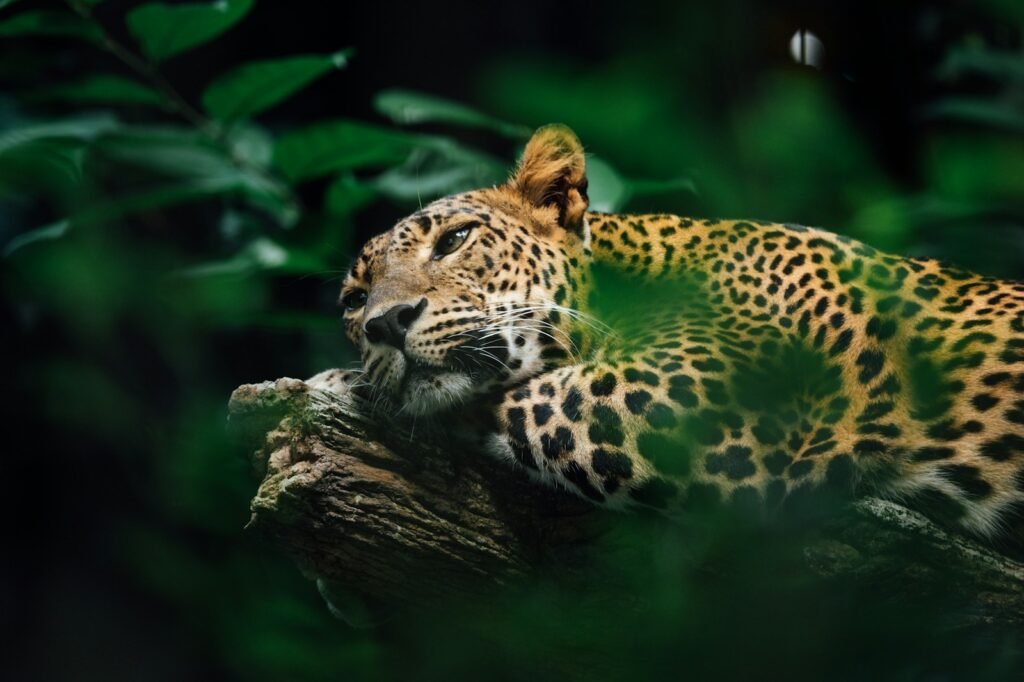
Although often associated with dense swamplands and the lush rainforests of the Americas, the jaguar is an excellent climber as well. Their powerful physique and sharp claws provide the necessary strength and grip for climbing. Jaguars use their climbing skills both to ambush prey from above and to rest in the safety of the tree branches, away from ground-level dangers.
Amur Leopard
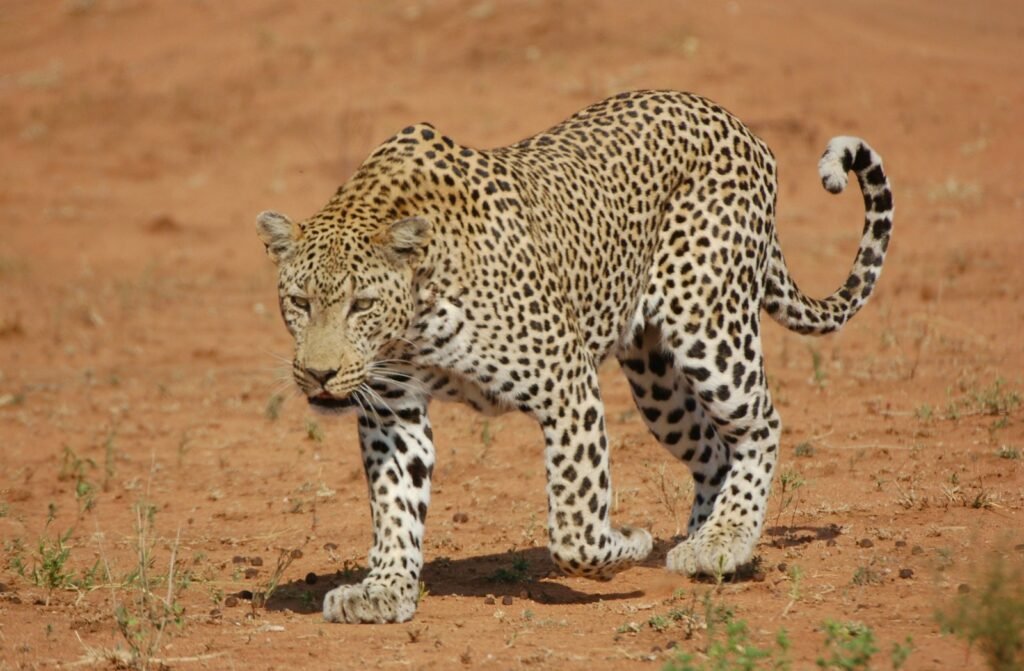
The Amur leopard, one of the rarest cats in the world, makes its home in the temperate forests of the Russian Far East. Known for its incredible speed and agility, this cat uses its climbing expertise to navigate its snowy, mountainous habitat. Climbing trees provides Amur leopards with a necessary hunting advantage, allowing them to leap onto unsuspecting prey below or hide from larger predators.
Lynx
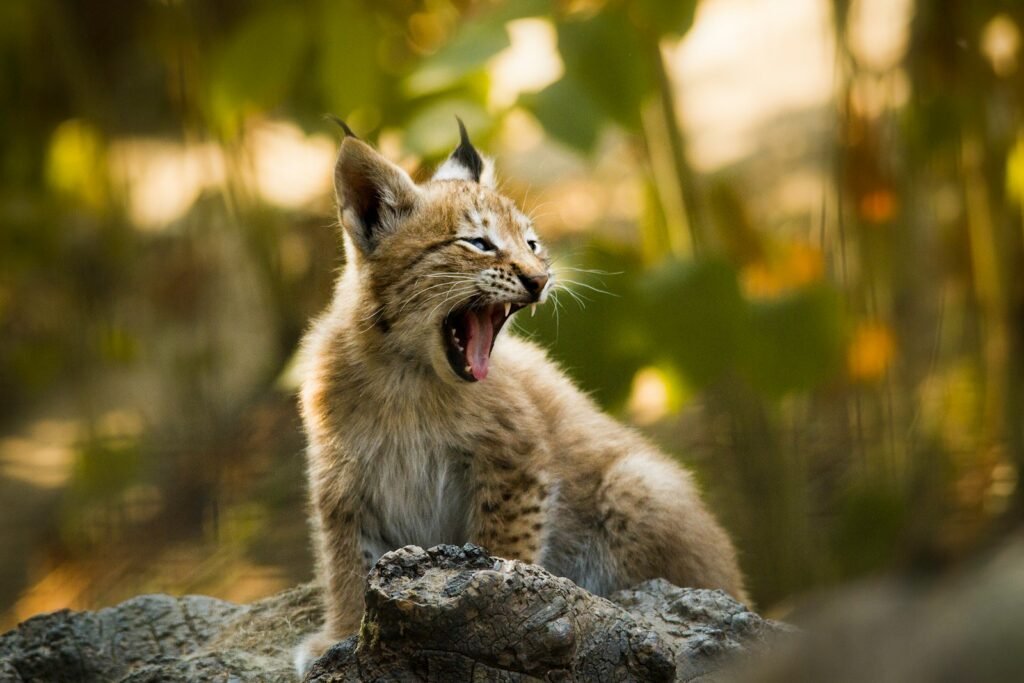
Though not as large as others on this list, the lynx is a member of the big cat family through its formidable climbing skills. With strong, muscular bodies and large paws suited for gripping, lynxes can climb trees efficiently. Their climbing ability aids in hunting and escaping threats and is integral to their survival in varying terrains across Europe, Asia, and North America.
Serval
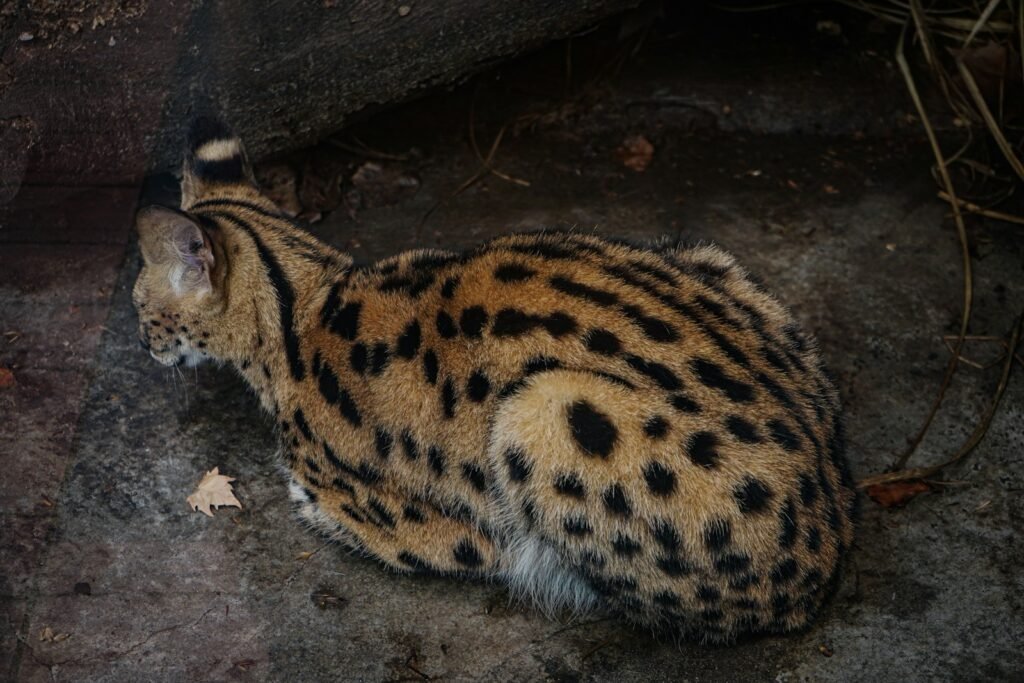
While the serval is a smaller big cat native to Africa, its agility and climbing capabilities are remarkable. This cat’s long legs and large, sensitive ears make it an adept hunter both on the ground and in trees. Servals often climb to retrieve birds from nests and seek vantage points, showcasing their adaptive climbing abilities that echo those of their larger cousins.
In conclusion, climbing is a crucial skill for many big cat species, allowing them to hunt effectively, avoid danger, and utilize the vertical landscape to their advantage. By understanding these abilities, we gain deeper insight into the adaptations and behaviors that have made these cats such successful survivors across diverse ecosystems. Whether lounging in the branches or silently ascending to scout a new horizon, these felines demonstrate that the world of big cats is as varied and fascinating as the environments they inhabit.
Hi, I’m Bola, a passionate writer and creative strategist with a knack for crafting compelling content that educates, inspires, and connects. Over the years, I’ve honed my skills across various writing fields, including content creation, copywriting, online course development, and video scriptwriting.
When I’m not at my desk, you’ll find me exploring new ideas, reading books, or brainstorming creative ways to solve challenges. I believe that words have the power to transform, and I’m here to help you leverage that power for success.
Thanks for stopping by, Keep coming to this website to checkout new articles form me. You’d always love it!






